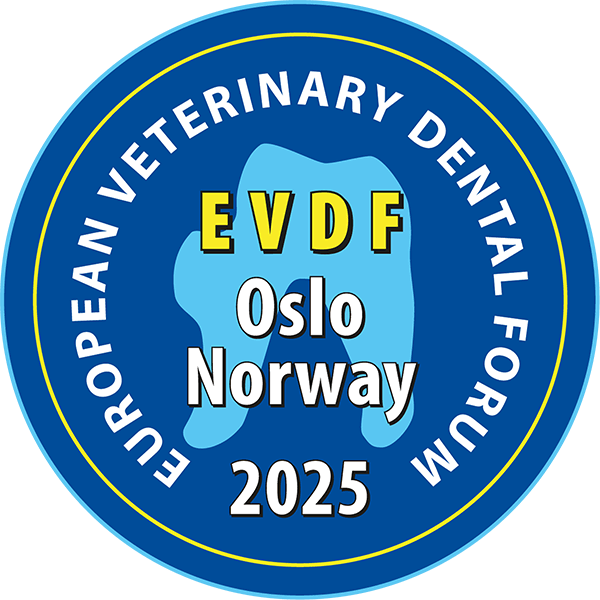

Permanent occlusal wear and compensating lifelong dental eruption represent challenges that do not occur in the brachydont dentition. Occlusal wear requires a constant, high production of tertiary dentin masses in order to prevent occlusal pulp exposure. The continued eruptive movement of the tooth requires steady remodeling processes of the periodontal components, i.e. alveolar bone, periodontal ligament and cementum, to maintain the structures in a functional state. The required continued tertiary dentin production is guaranteed by a specialized cell population, i.e. odontoblasts, lining the peripheral border of the pulp proper. Surprisingly, in brachydont teeth, odontoblasts are regarded as postmitotic cells without any capacity for mitotic division and therefore cellular renewal. Against this background, the question arises whether equine odontoblasts possess the same postmitotic status or whether the cells feature evolutionary adaptations to meet the extreme challenges of the equine dentition. To answer this question, we examined samples of equine dental pulp tissue regarding markers for immature differentiating odontoblasts and mature odontoblasts. In the dental pulp of brachydont teeth CD90 is a typical marker for a stem cell population which can differentiate to odontoblast-like cells. Therefore, it is not expressed in mature odontoblasts. Against these expectations, CD90 is strongly expressed by equine odontoblasts. In contrast nestin, a marker which is characteristic for mature odontoblasts in brachydont teeth is rarely expressed by equine odontoblast. These findings indicate that equine odontoblasts are constantly renewed to ensure the adaptability of the equine tooth.
